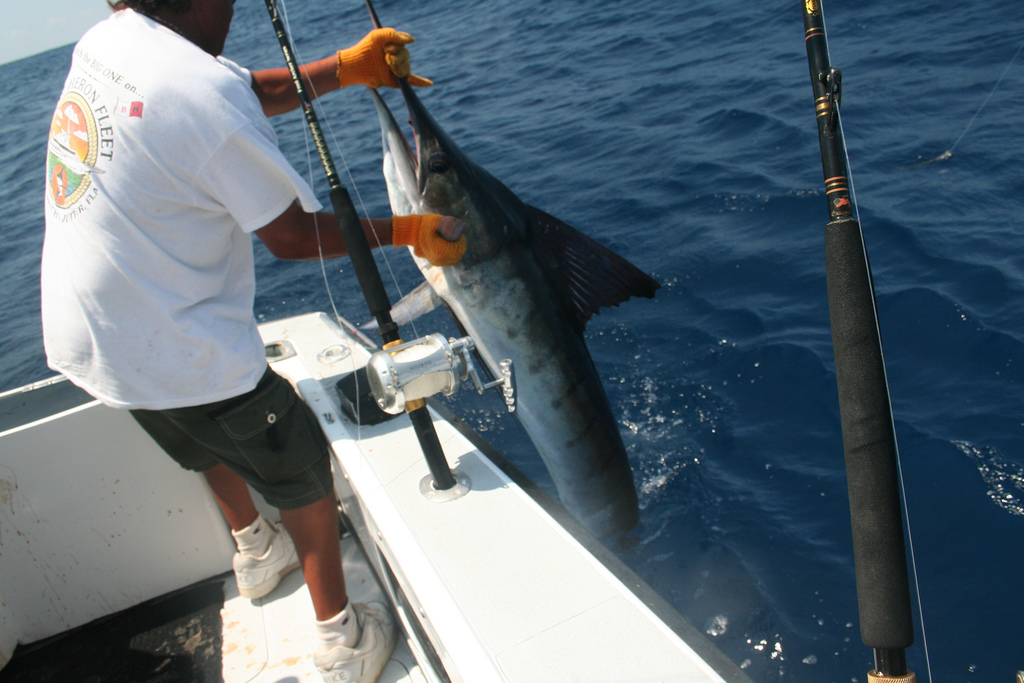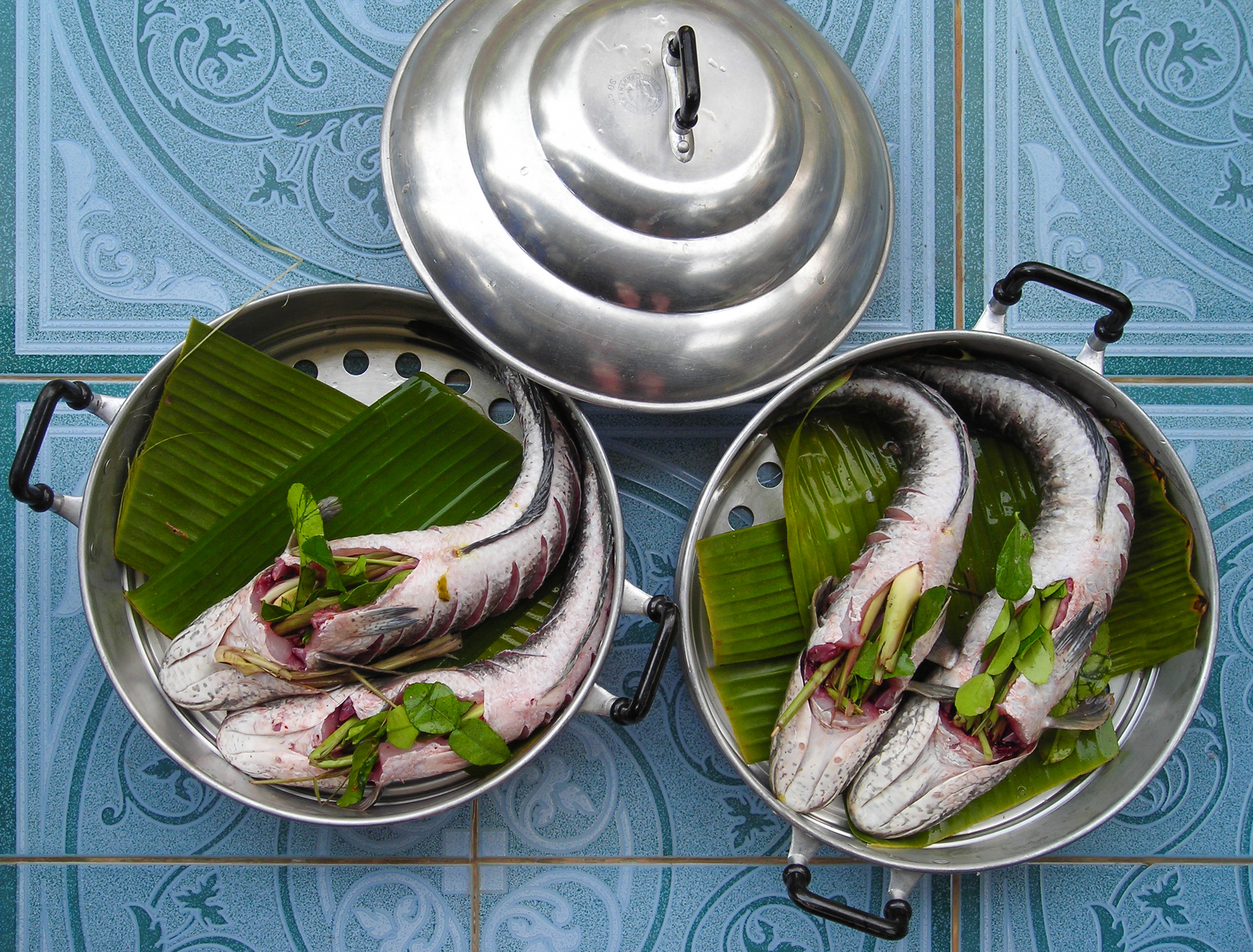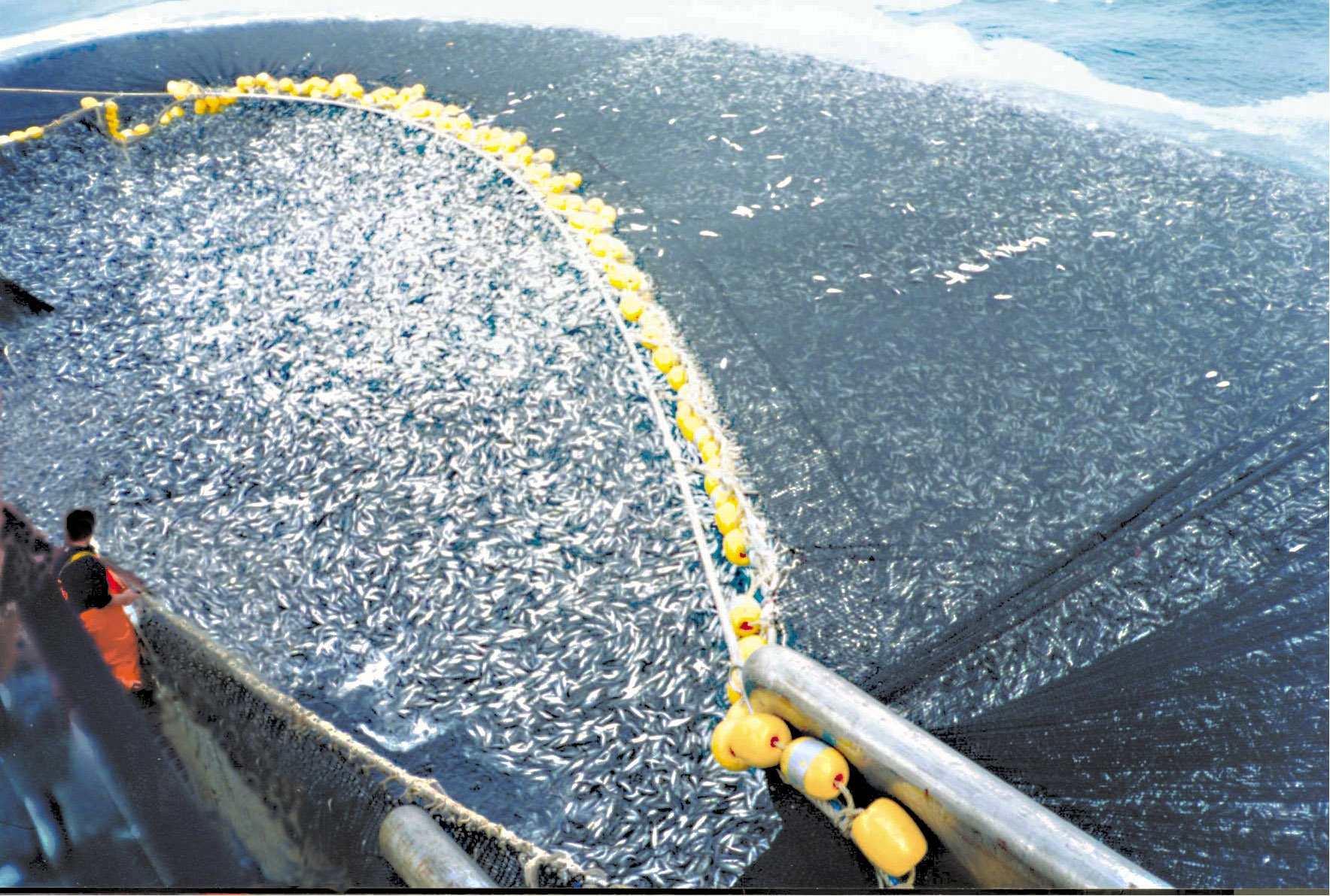|
Mahseer
Mahseer is the common name used for the genera ''Tor (fish), Tor'', ''Neolissochilus'', ''Naziritor'' and ''Parator zonatus, Parator'' in the family Cyprinidae (carps). The name is, however, more often restricted to members of the genus ''Tor''.Sen TK, Jayaram KC, 1982. The Mahseer Fish of India – a Review. Rec. Zoological Survey of India. Misc. Publ. Occasional Paper 39, 38p. The range of these fish is from Vietnam in the east and China in the north, through Laos, Cambodia, Thailand, Malaysia, Brunei and Indonesia, and across South Asia, southern Asia including the countries of India, Nepal, Bhutan and Bangladesh within the Indian Peninsula, plus Sri Lanka, Pakistan and Afghanistan.Menon AGK, 1992. Taxonomy of mahseer fishes of the genus ''Tor'' Gray with description of a new species from the Deccan. J. Bombay Nat. Hist. Soc. 89 (2):210–228 They are commercially important game fish, as well as highly esteemed food fish. Mahseer fetch high market price, and are potential cand ... [...More Info...] [...Related Items...] OR: [Wikipedia] [Google] [Baidu] |
Tor (fish)
''Tor'' is a genus of freshwater Actinopterygii, ray-finned fishes belonging to the Family (biology), family Cyprinidae, the family which includes the carps, Barb (fish), barbs and related fishes. The fishes in this genus, and some related genera, are commonly known as mahseers. These fishes are found in Asia. Species The currently recognized species in this genus are: * ''Tor ater'' Tyson R. Roberts, Roberts, 1999 (dark mahseer) * ''Tor barakae'' L. Arunkumar, Arunkumar & Ch. Basudha, Basudha, 2003 * ''Tor dongnaiensis'' Hoàng Huy Đức, H. Đ. Hoàng, Phạm Hùng Mạnh, H. M. Phạm, Jean-Dominique Durand, J.-D. Durand, Trần Ngân Trọng, N. T. Trần & Phan Phúc Đình, P. D. Phan, 2015 (Dongnai mahseer) * ''Tor khudree'' (William Henry Sykes, Sykes, 1839) (black mahseer) * ''Tor kulkarnii'' Ambat Gopalan Kutty Menon, Menon, 1992 (dwarf mahseer) * ''Tor laterivittatus'' Zhou Wei (zoologist), W. Zhou & Cui Gui-Hua, G. H. Cui, 1996 * ''Tor mahanadicus'' Lore Rose David, D ... [...More Info...] [...Related Items...] OR: [Wikipedia] [Google] [Baidu] |
Golden Mahseer (Tor Putitora) Babai River
''Tor putitora'', the golden mahseer, putitor mahseer, or Himalayan mahseer, is an endangered species of cyprinid fish that is found in rapid streams, riverine pools, and lakes in the Himalayan region. Its native range is within the basins of the Indus, Ganges and Brahmaputra rivers. It was reported to be found in the Salween river, the natural border between Thailand and Myanmar as well, but observations of it have been very rare, having only been observed three times in 28 years. This omnivorous species is generally found near the surface in water that ranges from . It is a popular gamefish, once believed to be the largest species of mahseer, and can reach up to in length and in weight, though most caught today are far smaller. Its caudal, pelvic, and anal fins show a reddish-golden tint. While the body above its lateral line is generally golden in colour at adulthood, the gold colour might be absent in young specimens. Hamilton's original description says "The head is bl ... [...More Info...] [...Related Items...] OR: [Wikipedia] [Google] [Baidu] |
Neolissochilus
''Neolissochilus'' is a genus of fish in the family Cyprinidae native to freshwater habitats in Asia that are often grouped with the mahseers. The largest reach up to in length, but most species are much smaller. Species These are the currently recognized species in this genus: * '' Neolissochilus acutirostris'' Arunachalam, Sivakumar & Murugan, 2017 * '' Neolissochilus baoshanensis'' ( X. Y. Chen & J. X. Yang, 1999) (Baoshan) * '' Neolissochilus benasi'' ( Pellegrin & Chevey, 1936) * '' Neolissochilus blanci'' (Pellegrin & P. W. Fang, 1940) * '' Neolissochilus blythii'' (Day, 1870) * '' Neolissochilus capudelphinus'' Arunachalam, Sivakumar & Murugan, 2017 * '' Neolissochilus compressus'' (Day, 1870) * '' Neolissochilus dukai'' (Day, 1878) * '' Neolissochilus hemispinus'' ( X. Y. Chen & J. X. Yang, 1985). * '' Neolissochilus hendersoni'' ( Herre, 1940) * '' Neolissochilus heterostomus'' (Chen & Yang, 1999) * '' Neolissochilus hexagonolepis'' ( McClelland 1839) (Copper mah ... [...More Info...] [...Related Items...] OR: [Wikipedia] [Google] [Baidu] |
Tor Tambroides
''Tor tambroides'', known as empurau in Malay language, Malay, is a species of mahseer native to Southeast Asia. Taxonomy It has been suggested that the species represents a junior synonym of ''Tor tambra''. ''T. tambra'', ''T. tambroides'' and ''Tor douronensis, T. douronensis'' may be synonymous. Distribution These fish have been found throughout Southeast Asia, range (biology), ranging from Thailand in the Chao Phraya and Mekong River basins to the Greater Sunda Islands. The species has been reported in Burma. The type locality of Tor tambroides is the Indonesian island of Sumatra. Ecology The species is omnivore, omnivorous, sometimes eating toxic fruits when the streams it inhabits flood the forest; this may make them temporarily inedible. During the rainy season, juveniles migrate downstream. After 2 months, matured adults travel back upstream to spawn at the headwaters in the dry season. Conservation While the species is not currently assigned a conservation status by th ... [...More Info...] [...Related Items...] OR: [Wikipedia] [Google] [Baidu] |
Naziritor
''Naziritor'' is a small genus of freshwater ray-finned fish belonging to the family Cyprinidae, which includes the carps, barbs and related fishes. The fishes in this geus are found in South Asia South Asia is the southern Subregion#Asia, subregion of Asia that is defined in both geographical and Ethnicity, ethnic-Culture, cultural terms. South Asia, with a population of 2.04 billion, contains a quarter (25%) of the world's populatio .... Species The following species are classified within ''Naziritor'': * '' Naziritor chelynoides'' ( McClelland, 1839) (Dark mahseer) * '' Naziritor zhobensis'' ( Mirza, 1967) (Zhobi mahseer) References {{Taxonbar, from=Q18663459 Torinae Cyprinid fish of Asia ... [...More Info...] [...Related Items...] OR: [Wikipedia] [Google] [Baidu] |
Cyprinidae
Cyprinidae is a family of freshwater fish commonly called the carp or minnow family, including the carps, the true minnows, and their relatives the barbs and barbels, among others. Cyprinidae is the largest and most diverse fish family, and the largest vertebrate animal family overall, with about 1,780 species divided into 166 valid genera. Cyprinids range from about in size to the giant barb (''Catlocarpio siamensis''). By genus and species count, the family makes up more than two-thirds of the ostariophysian order Cypriniformes. The family name is derived from the Greek word ( 'carp'). Biology and ecology Cyprinids are stomachless, or ''agastric'', fish with toothless jaws. Even so, food can be effectively chewed by the gill rakers of the specialized last gill bow. These pharyngeal teeth allow the fish to make chewing motions against a chewing plate formed by a bony process of the skull. The pharyngeal teeth are unique to each species and are used to identify spec ... [...More Info...] [...Related Items...] OR: [Wikipedia] [Google] [Baidu] |
Threatened
A threatened species is any species (including animals, plants and fungi) which is vulnerable to extinction in the near future. Species that are threatened are sometimes characterised by the population dynamics measure of ''critical depensation'', a mathematical measure of biomass related to population growth rate. This quantitative metric is one method of evaluating the degree of endangerment without direct reference to human activity. IUCN definition The International Union for Conservation of Nature (IUCN) is the foremost authority on threatened species, and treats threatened species not as a single category, but as a group of three categories, depending on the degree to which they are threatened: *Vulnerable species *Endangered species *Critically endangered species Less-than-threatened categories are near threatened, least concern, and the no longer assigned category of conservation dependent. Species that have not been evaluated (NE), or do not have sufficient data ( ... [...More Info...] [...Related Items...] OR: [Wikipedia] [Google] [Baidu] |
Game Fish
Game fish, sport fish or quarry refer to popular fish species pursued by recreational fishing, recreational fishers (typically angling, anglers), and can be freshwater fish, freshwater or saltwater fish. Game fish can be fish as food, eaten after being caught, preserved as taxidermy (though rare), or catch and release, released after capture. Some game fish are also targeted commercial fishing, commercially, particularly less bony species such as salmon and tuna. Specimens of game fish whose fish measurement, measurements (body length and standard weight in fish, weight) significantly exceed the species' average are sometimes known as trophy fish, as such captures are often presented as bragging rights among fishers. Examples The species of fish prized by anglers varies with geography and tradition. Some fish are sought for their value as seafood, food, while others are pursued for their fighting abilities, or for the difficulty of successfully enticing the fish to bite th ... [...More Info...] [...Related Items...] OR: [Wikipedia] [Google] [Baidu] |
Food Fish
Many species of fish are caught by humans and consumed as food in virtually all regions around the world. Their meat has been an important dietary source of protein and other nutrients in the human diet. The English language does not have a special culinary name for food prepared from fish like with other animals (as with '' pig'' vs. ''pork''), or as in other languages (such as Spanish '' pez'' vs. '' pescado''). In culinary and fishery contexts, ''fish'' may include so-called shellfish such as molluscs, crustaceans, and echinoderms; but, more expansively, ''seafood'' covers both fish and other marine life used as food. Since 1961, the average annual increase in global apparent food fish consumption (3.2 percent) has outpaced population growth (1.6 percent) and exceeded the increase in consumption of meat from all terrestrial animals except poultry (4.9 percent), both combined (2.8 percent) and individually (bovine, ovine, porcine, et cetera). In ''per capita'' terms, food f ... [...More Info...] [...Related Items...] OR: [Wikipedia] [Google] [Baidu] |
Aquaculture
Aquaculture (less commonly spelled aquiculture), also known as aquafarming, is the controlled cultivation ("farming") of aquatic organisms such as fish, crustaceans, mollusks, algae and other organisms of value such as aquatic plants (e.g. Nelumbo nucifera, lotus). Aquaculture involves cultivating freshwater, brackish water, and saltwater populations under controlled or semi-natural conditions and can be contrasted with commercial fishing, which is the harvesting of wild fish. Aquaculture is also a practice used for restoring and rehabilitating marine and freshwater ecosystems. Mariculture, commonly known as marine farming, is aquaculture in seawater habitats and lagoons, as opposed to freshwater aquaculture. Pisciculture is a type of aquaculture that consists of fish farming to obtain Fish as food, fish products as food. Aquaculture can also be defined as the breeding, growing, and harvesting of fish and other aquatic plants, also known as farming in water. It is an environme ... [...More Info...] [...Related Items...] OR: [Wikipedia] [Google] [Baidu] |
Overfishing
Overfishing is the removal of a species of fish (i.e. fishing) from a body of water at a rate greater than that the species can replenish its population naturally (i.e. the overexploitation of the fishery's existing Fish stocks, fish stock), resulting in the species becoming increasingly underpopulated in that area. Overfishing can occur in water bodies of any sizes, such as ponds, wetlands, rivers, lakes or oceans, and can result in resource depletion, reduced biological growth rates and low biomass (ecology), biomass levels. Sustained overfishing can lead to critical depensation, where the fish population is no longer able to sustain itself. Some forms of overfishing, such as the Threatened sharks, overfishing of sharks, has led to the upset of entire marine ecosystems. Types of overfishing include growth overfishing, recruitment overfishing, and ecosystem overfishing. Overfishing not only causes negative impacts on biodiversity and ecosystem functioning, but also reduces fish pr ... [...More Info...] [...Related Items...] OR: [Wikipedia] [Google] [Baidu] |
Pollution
Pollution is the introduction of contaminants into the natural environment that cause harm. Pollution can take the form of any substance (solid, liquid, or gas) or energy (such as radioactivity, heat, sound, or light). Pollutants, the components of pollution, can be either foreign substances/energies or naturally occurring contaminants. Although environmental pollution can be caused by natural events, the word pollution generally implies that the contaminants Human impact on the environment, have a human source, such as manufacturing, Extractivism, extractive industries, poor waste management, transportation or Agricultural pollution, agriculture. Pollution is often classed as point source pollution, point source (coming from a highly concentrated specific site, such as a factory, Environmental effects of mining, mine, construction site), or nonpoint source pollution (coming from a widespread distributed sources, such as microplastics or agricultural runoff). Many sources of po ... [...More Info...] [...Related Items...] OR: [Wikipedia] [Google] [Baidu] |





